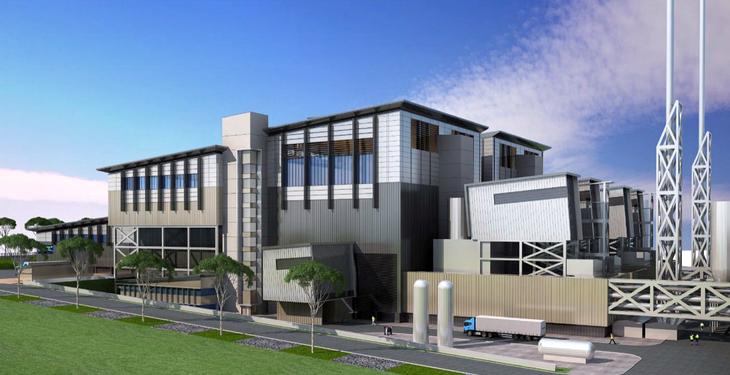It’s the controversial scheme that’s attracting attention across the nation but as more waste-to-energy facilities get the green light, critics fear the opportunity to improve Australia’s recycling industry is going up in smoke.
Waste-to-energy, also called bioenergy, has been used in Europe, east Asia and the United States for decades to destroy garbage that would otherwise go to landfill. The trash is burned as feedstock at high temperatures to create fuel, gas or steam that drives a turbine and churns out electricity, according to The Guardian.
In this region, China has seen an explosion of waste-to-energy plants since 2002, sparking dozens of protests from residents concerned about impacts on their health and the environment.
On the face of it, burning waste looks like a solution to Australia’s growing recycling crisis. The industry is reeling from China’s 2018 decision to limit recycling imports. Last week two recycling facilities in Victoria were ordered to stop accepting waste because of dangerous stockpiling.
It could also be seen as a way to address the nation’s energy woes. Energy ministers have been grappling for years for ways to make electricity reliable, sustainable and affordable, an issue that is frequently linked to the 2016 South Australian blackout.
In the past four years, three large-scale waste-to-energy projects have been given the green light by Western Australia’s Environmental Protection Authority and this month a Maryvale paper mill in the Latrobe Valley announced it would proceed with Victoria’s first waste-to-energy project.
While plans to build a large waste-to-energy incinerator were cancelled in western Sydney, New South Wales is home to the nation’s largest waste-to-fuel plant at Wetherill Park in Sydney.
The Waste Management and Resource Recovery Association of Australia chief executive, Gayle Sloan, says the goal is to capture energy from materials left behind after recycling programs, with 31 smaller facilities already turning residual waste to energy nationwide.
